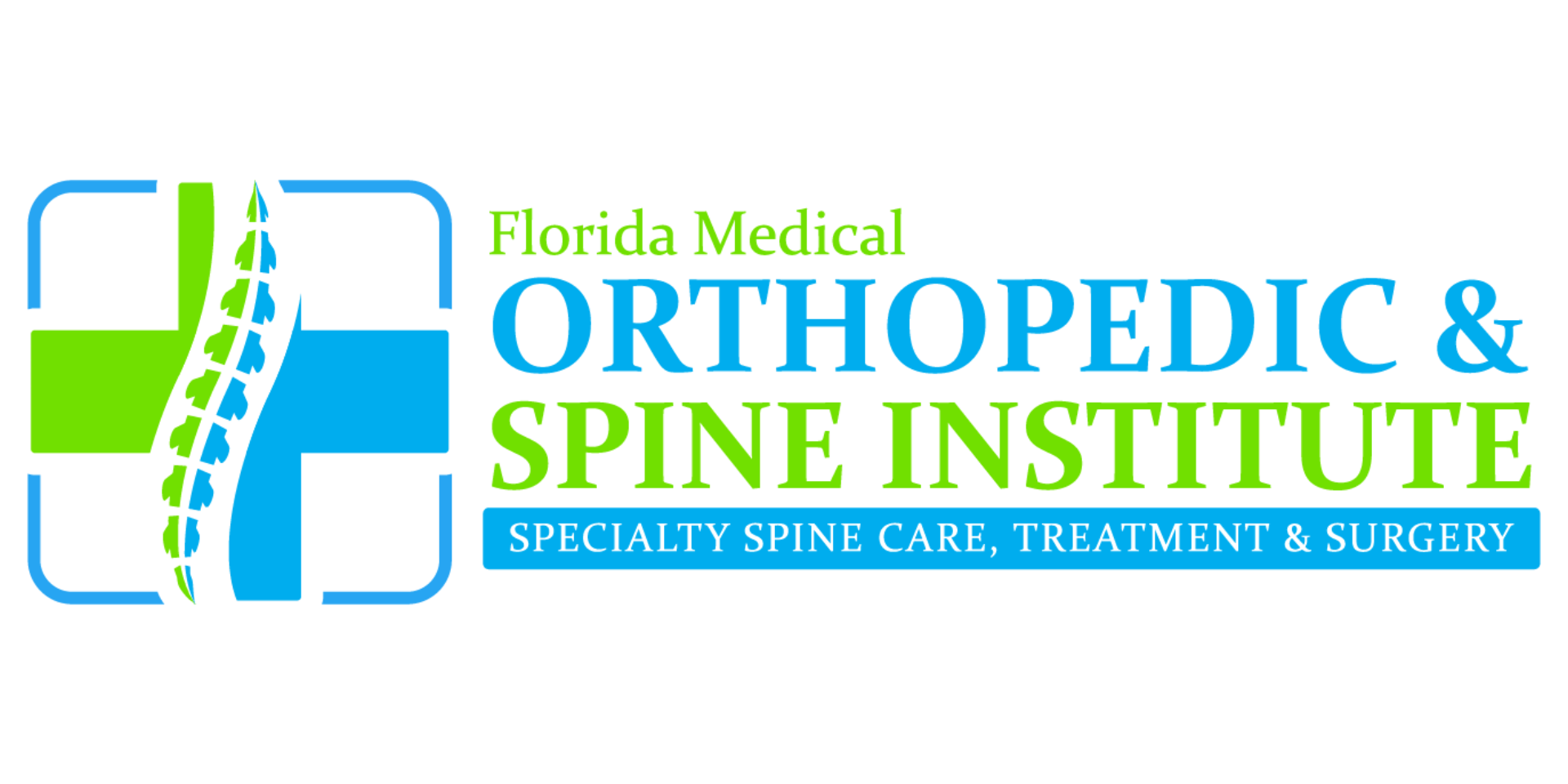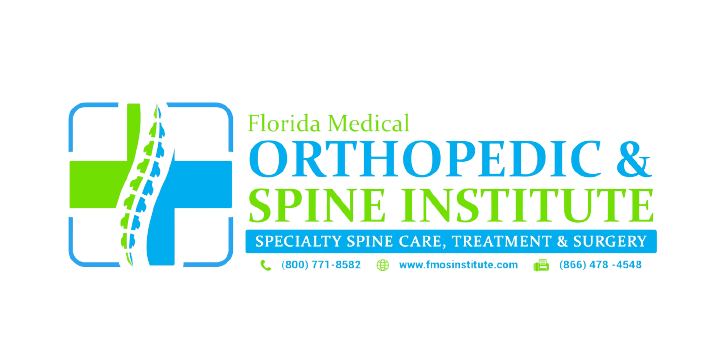Muscle Strain: Causes, Symptoms, and Treatment Options
A muscle strain, often referred to as a pulled muscle, is an injury that occurs when a muscle is stretched or torn as a result of overexertion, excessive force, or improper use. Muscle strains can range from mild to severe, and they are a common occurrence in both athletes and non-athletes. These injuries typically affect the muscles and tendons that connect muscles to bones.
Contact Us Today
Have a question? Looking for treatment? We’re here to help. Send us a message and we’ll be in touch.
Find The Best Treatment Option For You!
Muscle Strain Symptoms
Muscle strain symptoms can vary depending on the severity of the train, but the most common symptoms include:
- Pain: Pain is the most common symptom of a muscle strain. The pain may range from mild to severe and is often felt at the site of the injury. It can be a sharp, stabbing pain or a dull ache.
- Swelling: Swelling is a common response to muscle injury. The affected area may become swollen, tender to the touch, and may appear bruised.
- Muscle Weakness: Muscle weakness in the affected area can occur, making it difficult to use or move the muscle normally.
- Limited Range of Motion: Muscle strains can limit your ability to move the injured muscle or joint through its full range of motion. This can result in stiffness and decreased flexibility.
- Muscle Spasms: Muscle spasms, or involuntary contractions of the muscle, can sometimes occur following a strain.
- Bruising: Depending on the severity of the strain, you may notice bruising around the injured area, which is a result of blood vessels breaking due to the injury.
- Cramping: Some individuals experience muscle cramps in the affected area, which can be painful.
- Tenderness: The injured muscle or area may be tender to the touch, and even light pressure can cause discomfort.
If you have experienced any of these symptoms recently, it is important to see a
doctor right away.
Muscle Strain Treatment
Muscle strain treatment depends on the cause of the condition and the severity of the symptoms. Some common treatment options include:
- Rest: Rest is essential to allow the injured muscle to heal. Avoid activities that could further strain the muscle. Depending on the severity, you may need to immobilize the affected area with a splint or brace.
- Ice: Applying ice to the injured area can help reduce swelling and alleviate pain. Use an ice pack wrapped in a thin cloth and apply it for 15-20 minutes at a time, several times a day, especially during the first 48 hours.
- Compression: Wrapping the injured area with an elastic bandage or compression sleeve can help reduce swelling. Be careful not to wrap it too tightly, as it may impede circulation.
- Elevation: Elevating the injured area, if possible, can also help reduce swelling. For example, if you've strained a leg muscle, elevate your leg when resting.
- Medicine: Over-the-counter pain relievers like ibuprofen or acetaminophen can help alleviate pain and reduce inflammation. Follow the dosing instructions on the label.
If you have any further questions about muscle strains, contact us today! Learn how Florida Medical Orthopedic & Spine Institute can help you alleviate your pain.
Frequently Asked Questions About Muscle Strains
How Long Does A Muscle Strain Last?
This is very dependent on the severity of the strain. Typically, a grade one strain will heal after a couple of weeks. A grade two strain could take months to heal. Grade three strains require surgery and months of rehab. Most people regain full muscle control after three to four months.
Should You Massage a Pulled Muscle?
Yes, massaging a strained muscle can be good for it. Massaging the muscle helps increase blood flow, and that helps to reduce inflammation and break up knots and scar tissue in the muscle. Increased blood flow results in improved muscle flexibility and adjustability.
How Can I Speed Up the Recovery process
You can speed up the recovery time for a muscle strain by eating protein and using ice and heat on the spot of the strain. Eating protein during your recovery minimizes the amount of muscle lose, so it is recommended you eat lots of protein. Switching between ice and heat every twenty minutes will help increase the recovery time. Only do this in two to three hour sessions, as too much could be bad for your healing.

